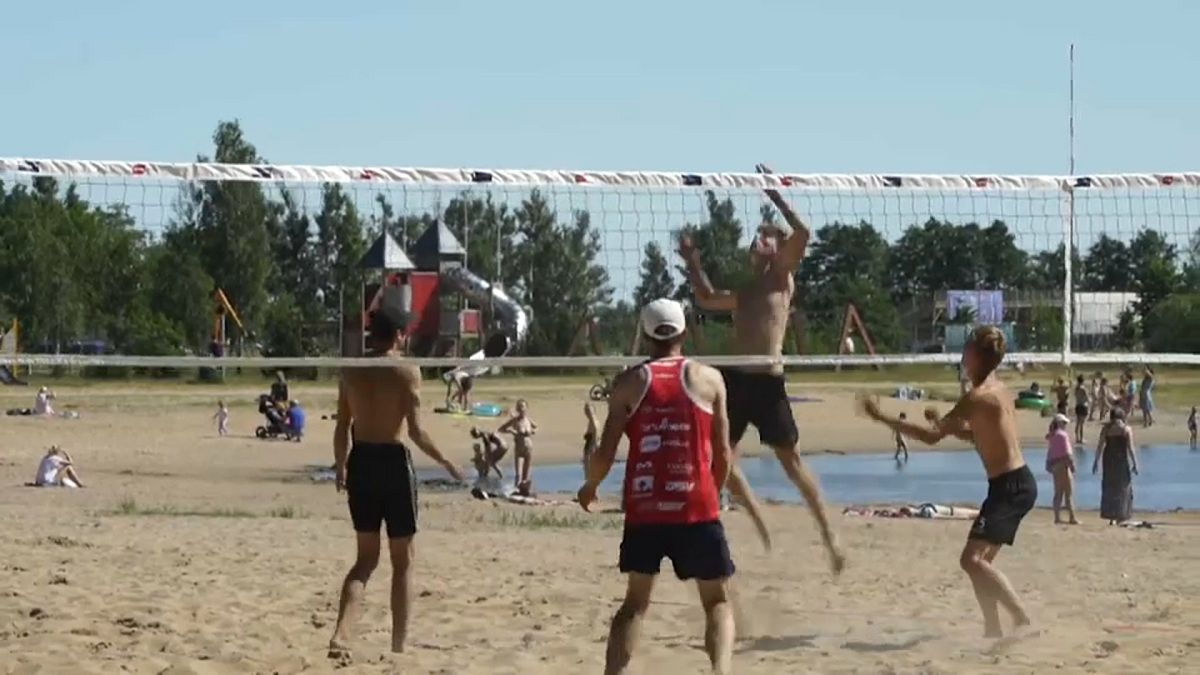The rapid spread of the coronavirus in Saaremaa in March gave it one of the highest infection rates per capita in the world.
It is almost beginning to feel normal on the Estonian island of Saaremaa.
But just two months ago, as many as 40% of residents in the island's capital were believed to have been infected with coronavirus, meaning Saaremaa had one of the highest rates of COVID-19 per capita in the world.
The island's mayor Madis Kallas resigned in April after facing criticism over allowing a local volleyball tournament to go ahead the month before.
But he still believes his former administration largely got things right.
“Apart from one decision — when we held volleyball competitions and other big events in the first half of March — when it comes our actions in crisis management, I can say that I would not have done anything differently in this area," he told Euronews. "Saaremaa managed the crisis pretty well."
During the crisis, wards for COVID-19 patients at the island's only hospital, Kuressaare, filled up within days, meaning the Estonian army had to be brought in to deploy a field hospital that would double the number of available beds.
A quarter of medical staff became infected, so the hospital had to depend on support from the local community.
“We did not have a lack of oxygen, lack of medicine, lack of protective care, but what was really difficult was the lack of personnel," said Edward Laane, the medical manager at Kuressaare.
"We had a lot of staff infected so we got help from outside. The people of Saaremaa [and from] the mainland came to help us. Over 100 people came to help."
The extent of the outbreak meant Estonia's government formed a crisis committee that swiftly decided to cut the island off from the rest of the country.
Everyone was asked to stay at home and to keep away from the Estonian mainland.
Kalle Laanet, an MP who sat on the committee, said it was a necessary move but carried difficult memories of the country's occupation by the Soviet Union.
“To close our island to people moving in and out was of course, a very hard decision for everybody because the last time it happened was during the Soviet times," he said.
"That was when our island was last closed to the mainland. But I believe this decision helped us a lot”.
The sweeping measures had an effect: there has not been a positive COVID-19 test on all of Saaremaa island for nearly two months.
Correction: The original version of this article quoted Edward Laane as saying the hospital at Kuressaare had a lack of oxygen during the virus outbreak. In fact, Laane told us they did not have a lack of oxygen.
